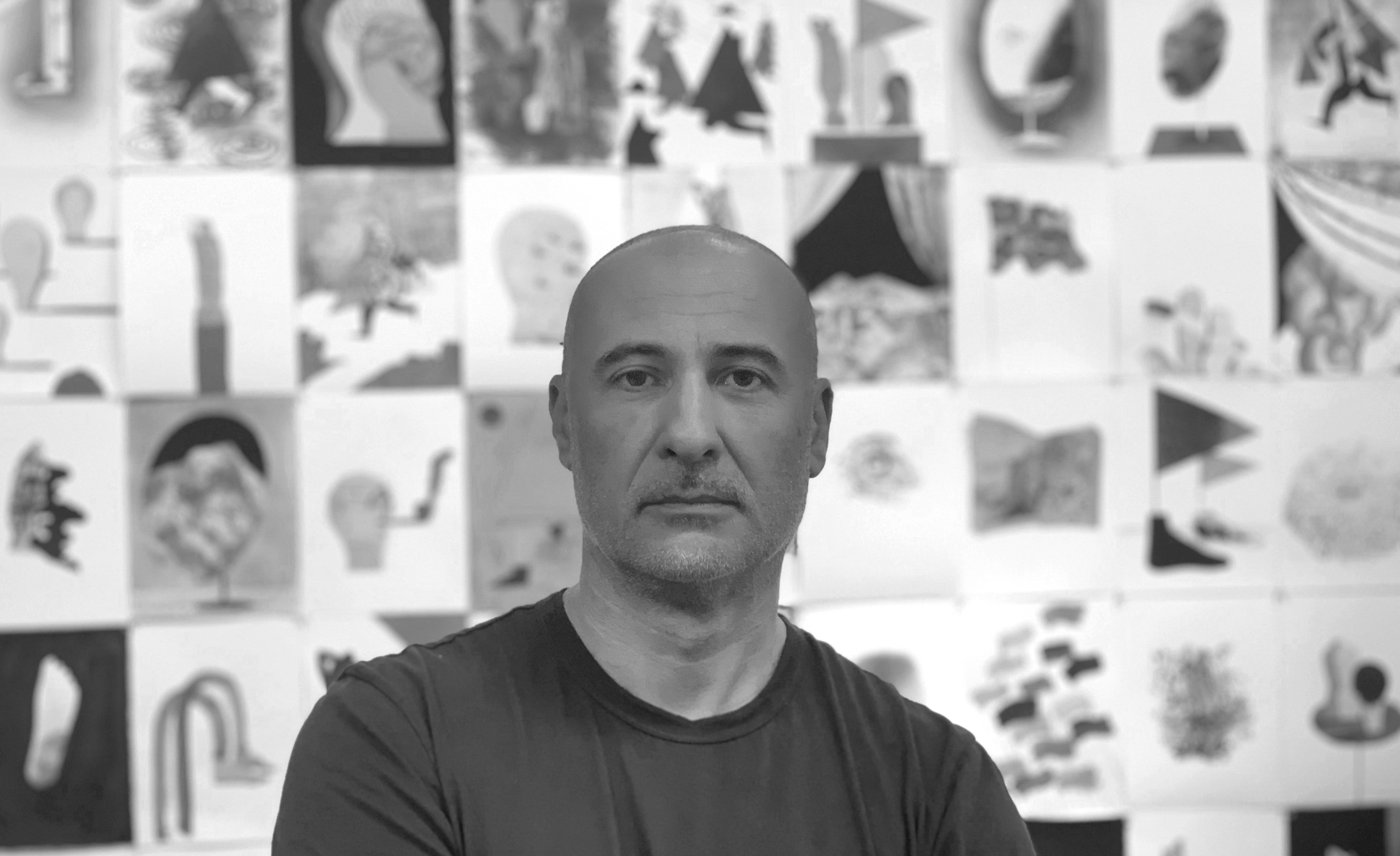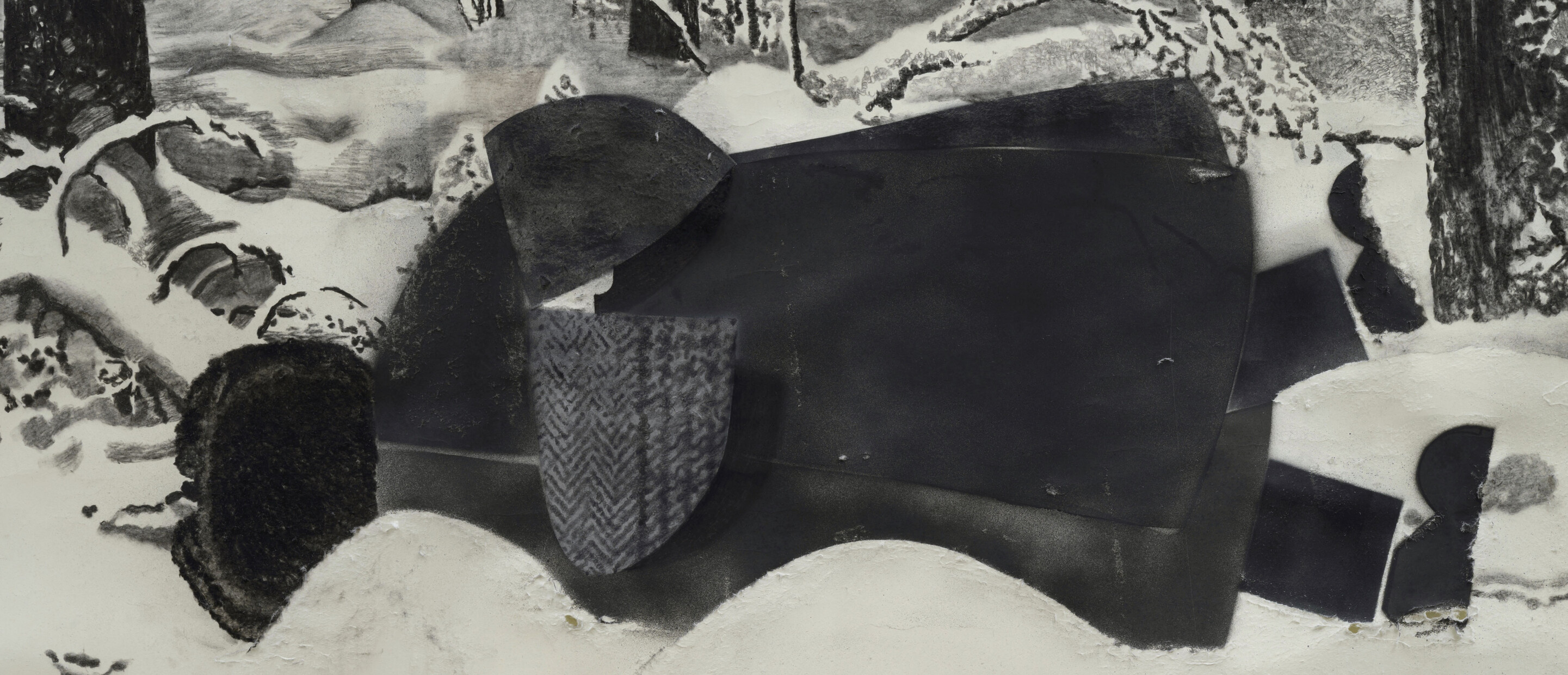
Stas Orlovski is a Los Angeles artist whose work includes painting, drawing, sculpture, and animation. Orlovski's family fled the Soviet Union to Tel Aviv and then Paris, eventually settling in Toronto, Canada. Orlovski studied art in Toronto and LA, receiving an MFA from the University of Southern California. Orlovski has exhibited widely, including a multimedia installation at the 56th Venice Biennale. Public and private collections include LACMA; Fine Arts Museums of San Francisco; Houston Museum of Fine Arts; and the Progressive Corporation. Awards and residencies include Skowhegan, Yaddo, Art Omi, COLA, California Community Fellowship, and the Joan Mitchell Fellowship.
What does it mean to make drawings, especially over other art forms?
My studio practice incorporates a range of media including painting, printmaking, animation, sculpture, and multimedia installations. Drawing is at the core of all my work. First and foremost, it is a solitary activity, unlike my other projects which often require some degree of collaboration. As such, drawing for me is not only a generative process but also a way to understand an image and ultimately make it my own.
What kind(s) of rituals are embedded in your drawing practice?
My studio has always had a large table dedicated to drawing. It is covered in various supplies, tools, collage materials, notes, and books. I rarely clean it. Bits and pieces find their way into small daily drawings. Often, I reserve a studio wall for putting up these small drawings so that they are always in the corner of my eye. This wall of drawings is constantly evolving and changing. When starting my day in the studio, I add, remove, or shift the drawings around on the wall in search of new relationships and connections that feed my other projects.
In what ways does Los Angeles influence (or not) your approach to drawing?
I was born in Kishinev, Moldova, in 1969. A few years later my family fled the Soviet Union to Tel Aviv and then Paris, eventually settling in Toronto, Canada. I completed my undergraduate studies in Toronto before moving to Los Angeles in 1994 to attend the MFA program at the University of Southern California. Even though I have been in LA for over 30 years, the city still feels somewhat strange and exotic. The light, space, landscape, and architecture still surprise me, and there are daily reminders that despite calling this city my home, I am not from here. Living and working in a place where one is not burdened with the weight of history has influenced the way I approach my work, which is deeply rooted in histories beyond LA.
